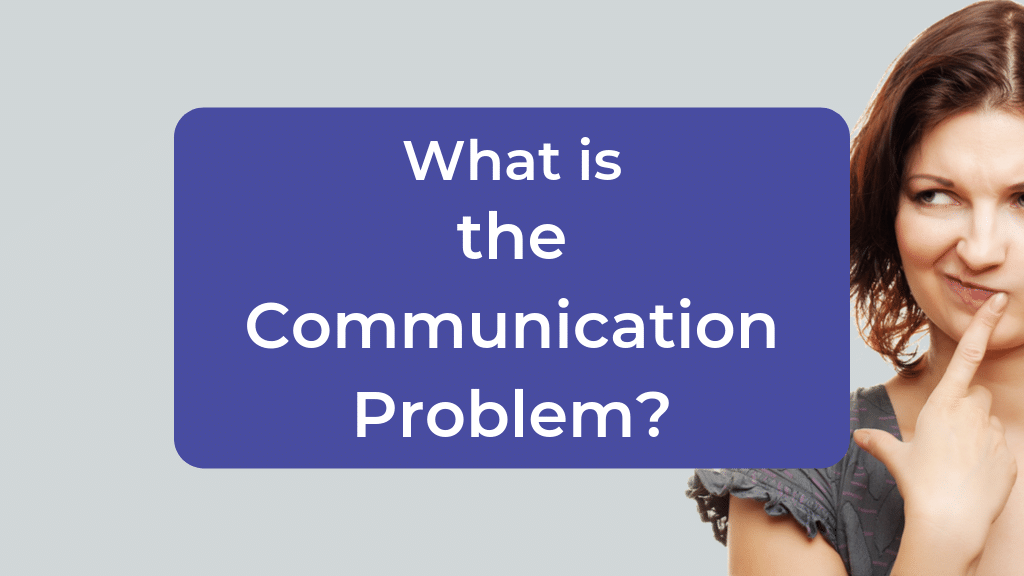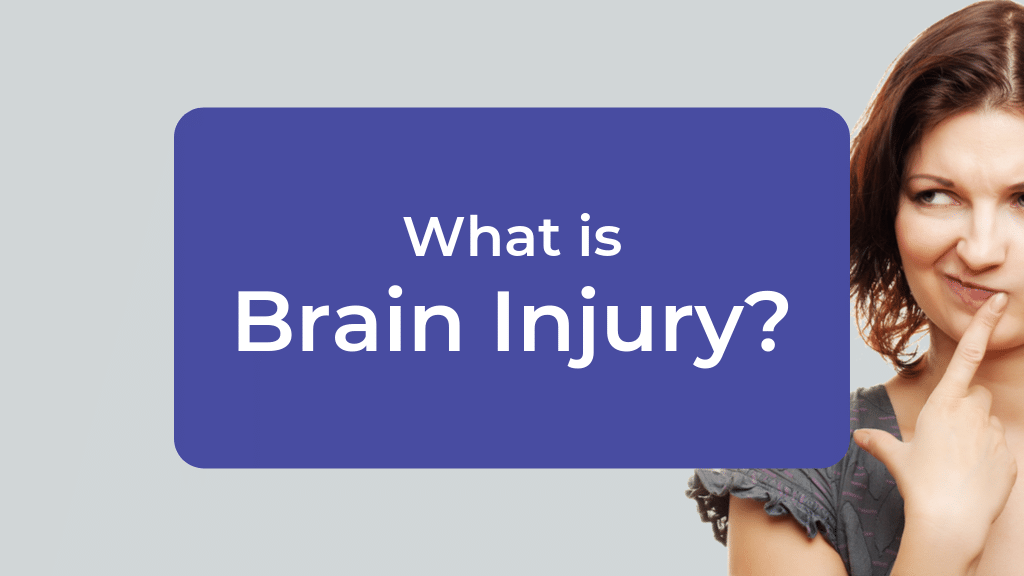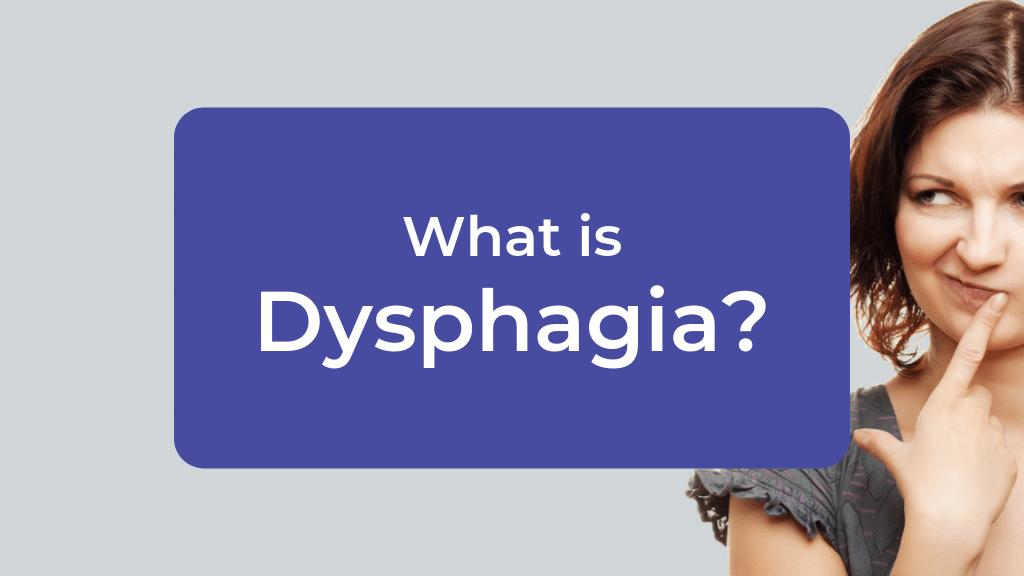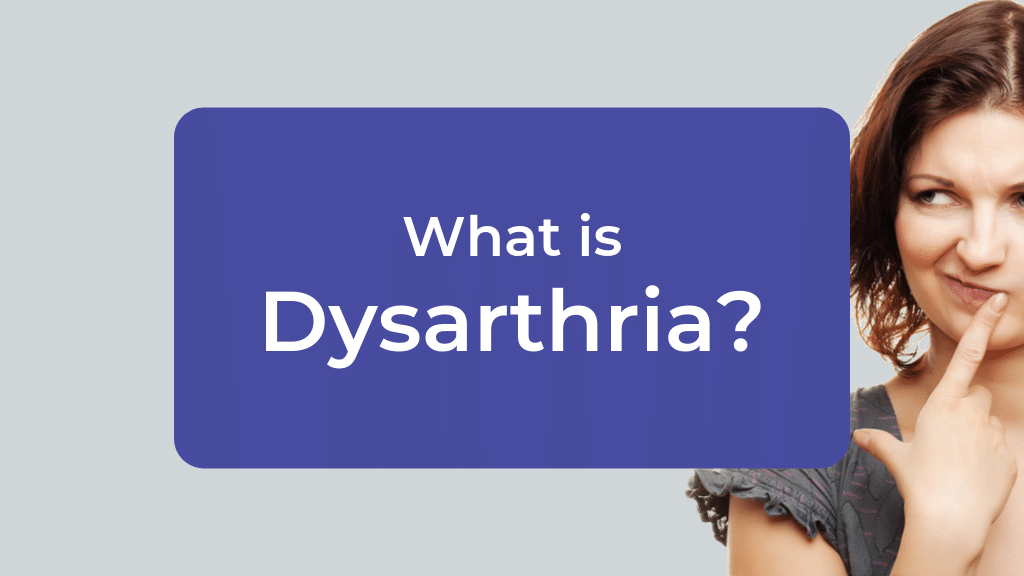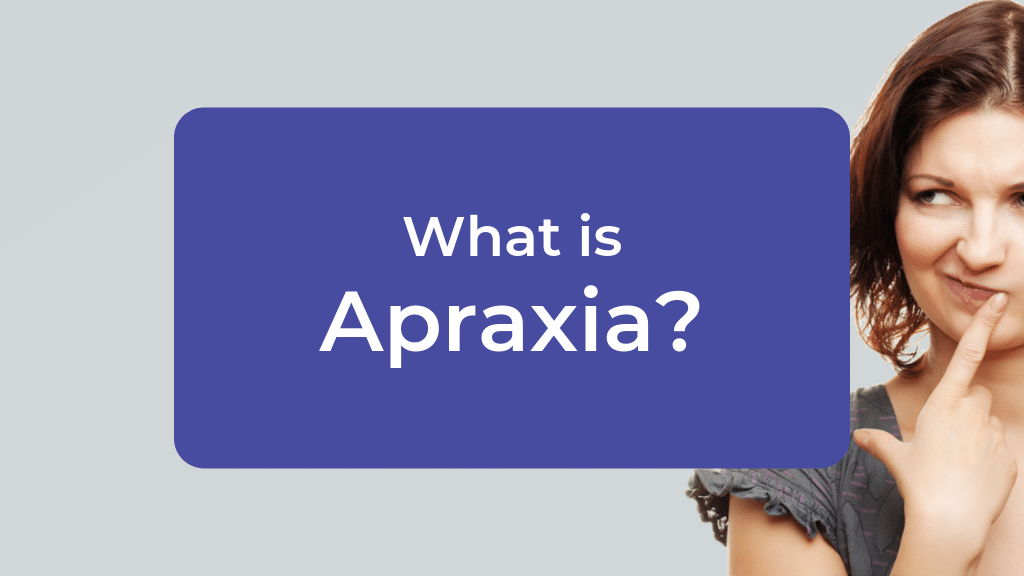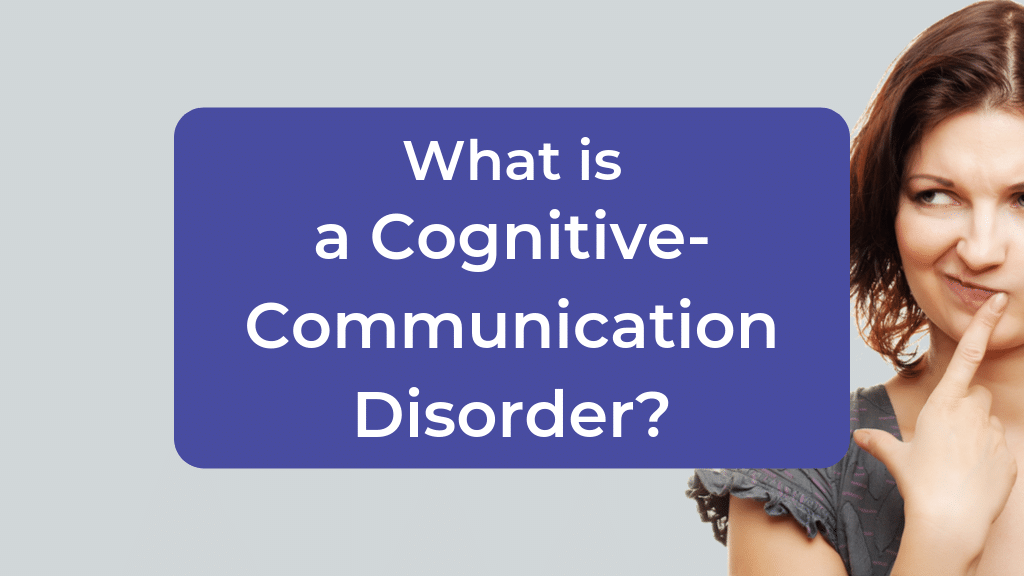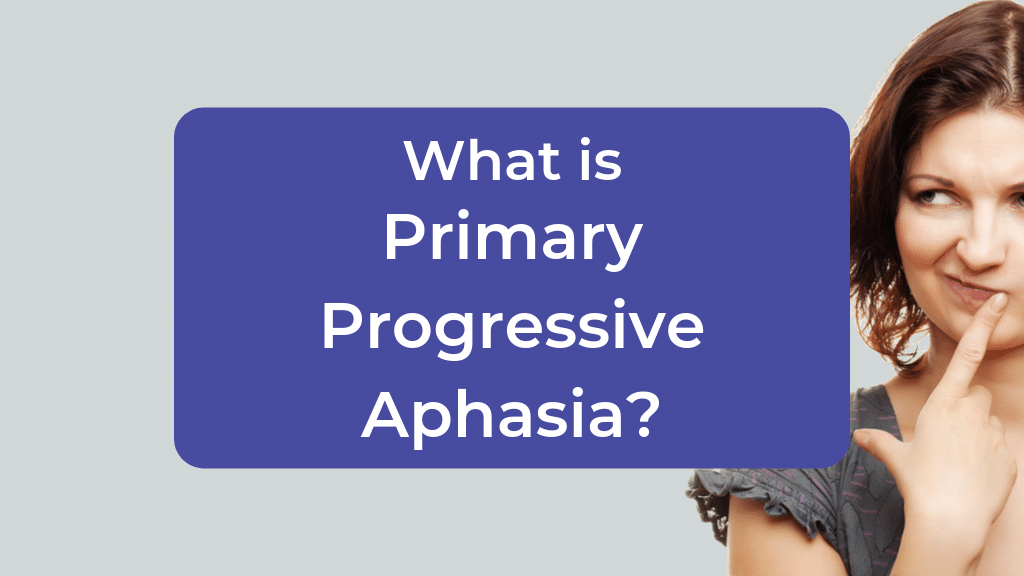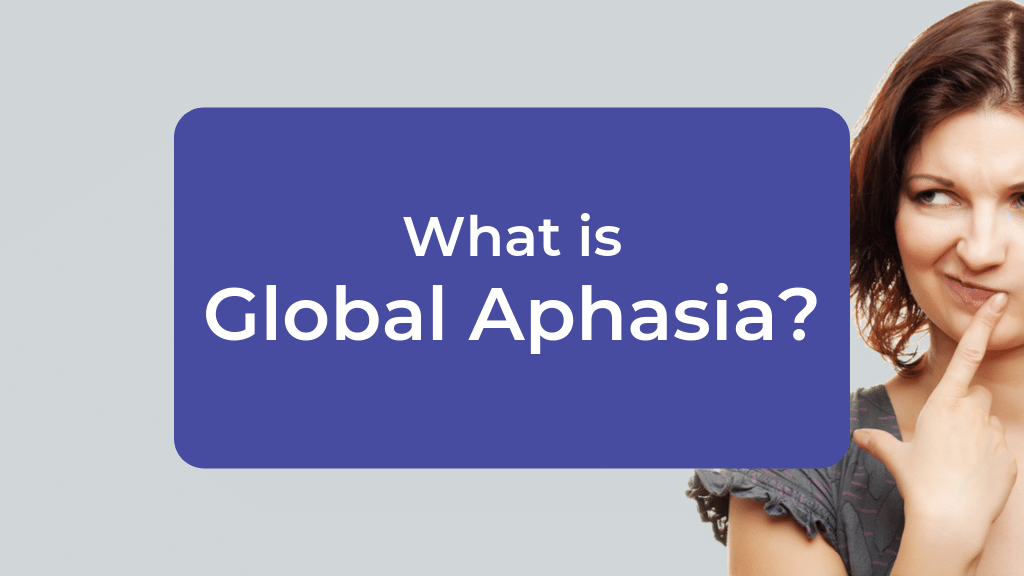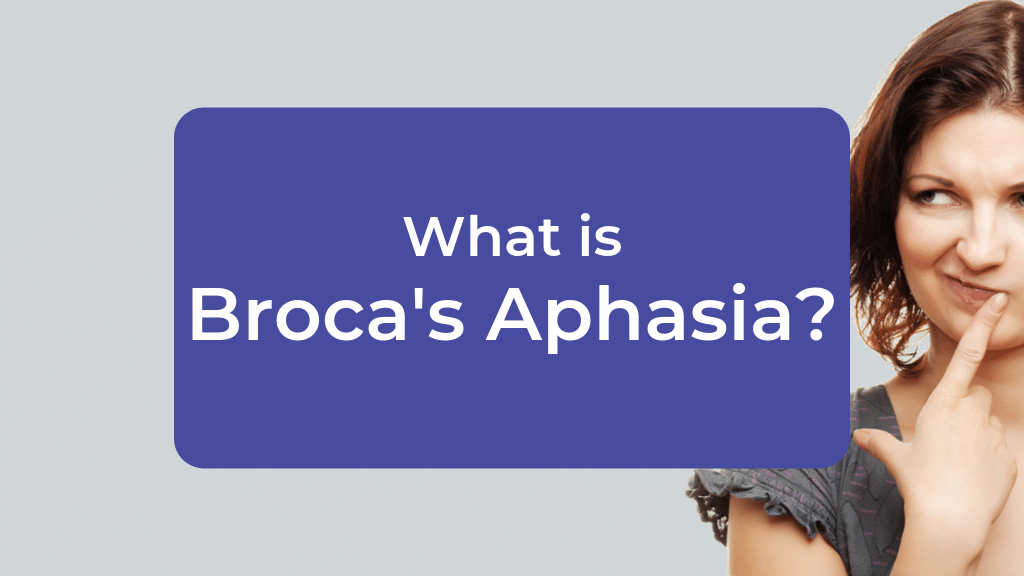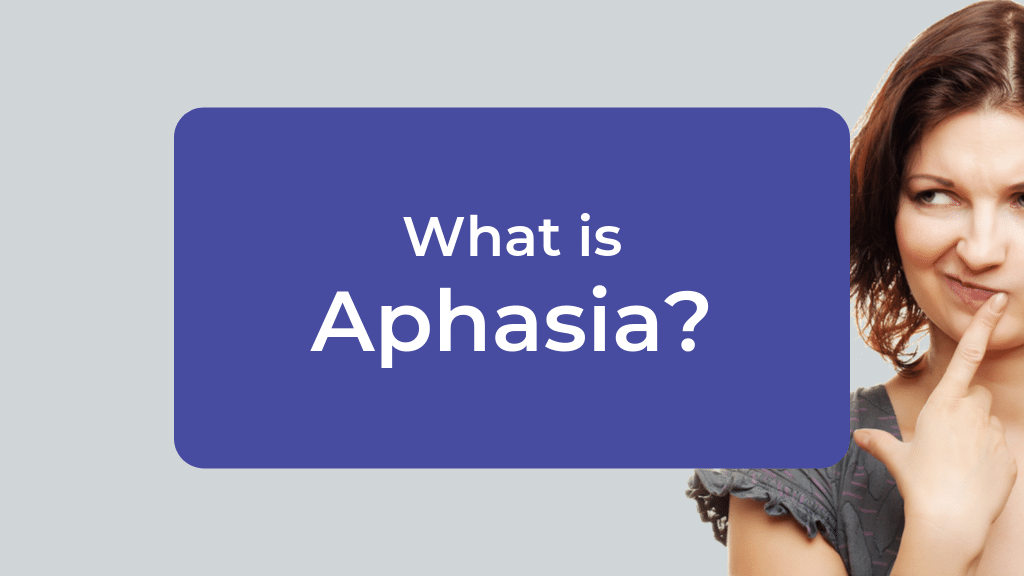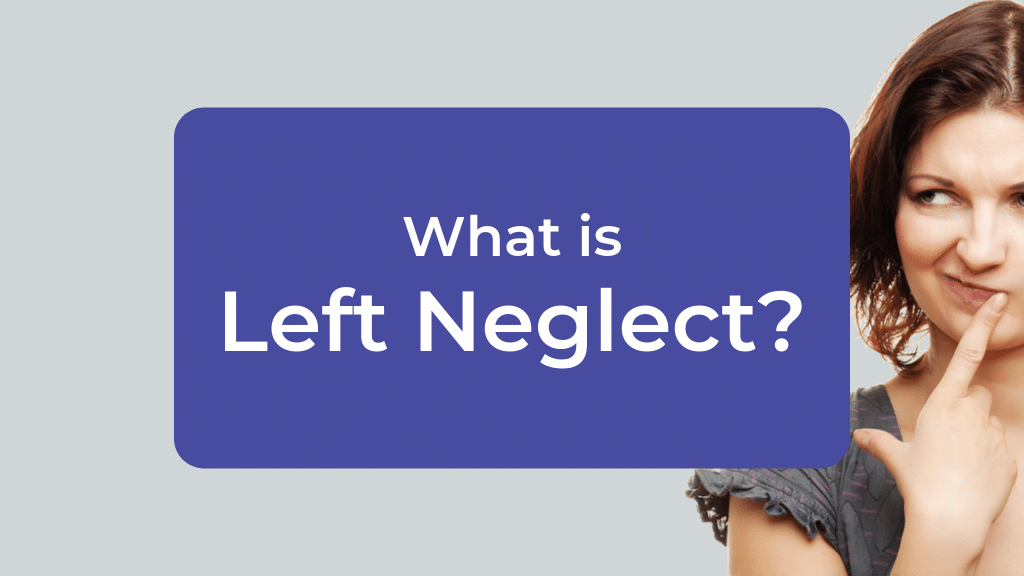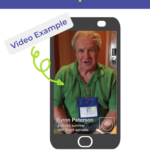What is
Fluent Aphasia?
4 min read
You know what aphasia is, right? It’s a problem with language after a stroke, or other brain injury, that makes it difficult to talk. People with aphasia have trouble getting their words out. Speech is often effortful and slow, focusing on just nouns or key words. People with aphasia understand most of what you say, and they are aware of their mistakes.
That’s a description of non-fluent aphasia, also known as Broca’s aphasia or expressive aphasia. However, there’s another kind of aphasia though that fewer people know about or understand. It’s called fluent aphasia (also known as Wernicke’s, receptive, or sensory aphasia), and it’s a horse of a different color.
A Different Type of Aphasia
Download a Free Patient Education Handout about Fluent Aphasia
Get your free PDF summarizing what fluent aphasia is, what you might notice, & how you can help. A perfect handout for families.
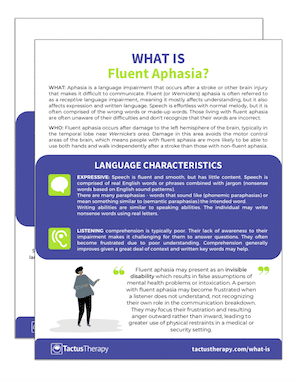
In addition to receiving your free download, you will also be added to our mailing list. You can unsubscribe at any time. Please make sure you read our Privacy Policy and Terms & Conditions.
Fluent Aphasia
People with fluent aphasia speak smoothly, with many words strung together using normal speech melody. If you paid no attention to their words, you might think they were speaking another language. However, their speech is comprised of real English words or phrases combined with jargon or neologisms, nonsense words based on English sound patterns. This is sometimes referred to as “word salad,” as if a bunch of words got tossed together in a random pattern. There are also many paraphasias – words that sound like (phonemic paraphasias) or mean something similar to (semantic paraphasias) the intended word.
People with fluent aphasia often have a great deal of difficulty understanding language, reading, and writing. They frequently don’t recognize that their words are incorrect or that they have misunderstood. This lack of awareness can make traditional speech therapy very challenging. They may have a phrase or sound pattern that comes out repetitively but is not connected with what they’re trying to express. They may also speak out of turn (called press of speech), talking over others or having trouble being quiet when others take a turn.
The Challenges of Fluent Aphasia
People with fluent aphasia are frequently less physically impaired by their stroke than those with non-fluent aphasia. The lesion in the brain that causes fluent aphasia is further back, avoiding the motor cortex. People with fluent aphasia are more likely to be able to use both hands and walk independently after their stroke. This creates a situation in which the person appears to have no disability, so they are not easily recognized as a stroke survivor.
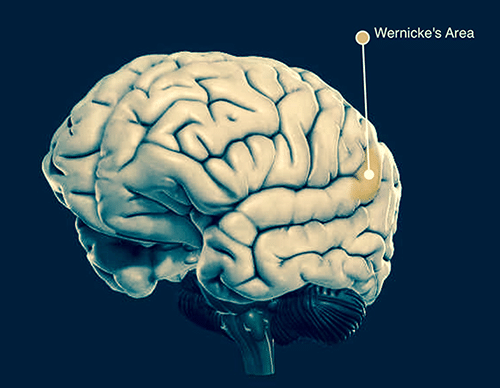
Unfortunately, this invisible disability results in false assumptions of mental health problems or intoxication. A person with fluent aphasia may become frustrated when a listener does not understand, not recognizing their own role in the communication breakdown. They may focus their frustration and resulting anger outward rather than inward, leading to greater use of physical restraints in a medical or security setting.
Many aphasia support groups or programs are more accustomed to helping people with non-fluent aphasia. To help people with fluent aphasia feel included, additional supports for comprehension must be added. Research investigating aphasia therapy often includes a majority of participants with non-fluent aphasia, leaving us with fewer treatments proven effective for fluent aphasia.
What You Can Do to Help
Education, caregiver training, supported conversation techniques, and awareness building are all critical to supporting people with fluent aphasia.
When speaking with a person with fluent aphasia, it’s important to focus on their overall meaning, rather than individual words. Context is very important, as are body language and gestures. You can support the conversation and reveal competence by:
- restating what you understand
- speaking slowly
- writing down key words
- repeating and rephrasing
- using pictures, gestures, and drawing
Fluent aphasia, like non-fluent aphasia, can improve over time and with therapy. This chart shows what mild, moderate, and severe Wernicke’s aphasia will look like. It’s important to recognize fluent aphasia and treat it in a way that respects the person, family, and unique characteristics of the disorder.
Learn more about which treatments are most effective for fluent aphasia in this article about how to treat Wernicke’s aphasia.

How To: Treat Wernicke’s Aphasia
If you’re looking for information on how to treat Wernicke’s aphasia, it’s probably because there isn’t much. Learn where to start and what to do here.
10 min read
Our apps work with all types of aphasia. Language Therapy 4-in-1, Category Therapy, and Conversation Therapy are great apps to start with when working with a person with fluent aphasia.
Language Therapy 4-in-1
Boost speaking, listening, reading, & writing for words with a scientifically proven speech therapy app for people with aphasia.
Category Therapy
Strengthen connections between words with flexible exercises to improve language and reasoning skills.
Conversation Therapy
Engage in real-life discussions with pictures & questions that get people talking to practice communication strategies.

